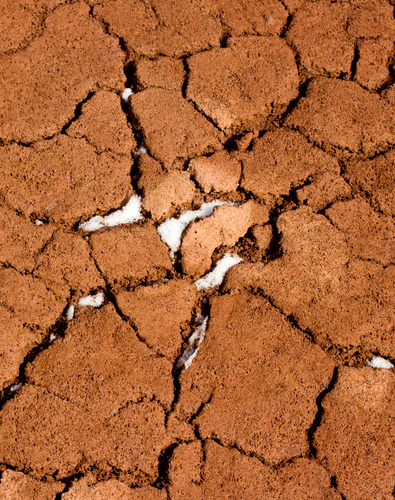The Local newsletter is your free, daily guide to life in Colorado. For locals, by locals.
Pathetic snow totals across the state have left snowpack in Colorado’s mountains far below normal levels, the Natural Resources Conservation Service reported this month.
Overall, the state’s snowpack is barely 70 percent of normal—and 90 percent of last year—which could significantly affect stream runoff and prolong drought conditions across Colorado. Calling the water-supply outlook “bleak,” the federal conservation service says reservoir storage throughout the state is far below average.

Already, nearly half of Colorado’s 64 counties have been designated as primary natural disaster areas. The designation will allow farmers and ranchers to apply for low-interest emergency loans from the Farm Service Agency. Water districts across the Front Range—including Aurora, Denver, and Fort Collins—also will ask residents to limit watering this year, and Colorado Springs is considering similar restrictions.
The Aspen Times reported snowpack at the headwaters of the Roaring Fork River near Aspen was only 50 percent of average. Additionally, the newspaper says the United States Drought Monitor considers Eagle, Garfield, and Pitkin counties to have “extreme” drought conditions.
Even heading into March, the state’s snowiest month, Colorado has a long way to go before precipitation, runoff, and reservoir storage hits last year’s levels—and those were hardly heady times. The 2012 drought dried up nearly $100 million in agricultural and tourism revenue and led to massive fires across the state.
—Image courtesy of Shutterstock
Bonus: Read more about Colorado’s water woes here.








